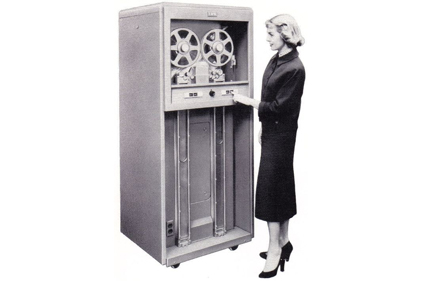Modern manufacturing generates incredible amounts of data. If asked, “What is the best way to store your old, cold data,” what would you say? At IBM, you might hear them say, “On tape.”
At least, that was one opinion in the article “Magnetic Tape to the Rescue” from the November 2013 issue of The Economist. Not to be outdone, there are times when experts in the leak testing business go old school, too.
For instance, when speed is not the primary driver in testing (e.g. for low-volume applications), “analog” technology, such as pressure decay, can be justified. It is a suitable approach, as long as:
- The part is small.
- Its temperature is stable.
- Its not subject to vibration.
- Time is abundant.
A somewhat newer approach to leak testing is differential pressure decay, which combines the analog process with digital hardware. Then there is mass-flow leak testing, which is entirely digital; there is no analog component.
This all reminds me of the progression from turntables to digital music players. Pressure decay is subject to some of the same conditions as phonographs: One good stomp and the needle skips. Differential pressure decay is better, more like a portable cassette player.
Lastly, there are specialized, digital mass-flow devices for leak testing that set the standard, just as the iPod does for personal music players. There are generic mass-flow devices, of course, and they can be cheap like MP3 players at dollar stores, but do not expect as much performance with them.
With all the advances in manufacturing, where do you still find old school technology?
Jacques Hoffmann is president of InterTech Development Co., which designs and builds equipment for leak testing, functional testing and test-centric assembly. He can be reached at 847-679-3377.
Editor’s note: “Hoffmann on Testing” is part of a series of guest spots by industry experts that will appear regularly on ASSEMBLY’s blog page. Check back frequently to read more commentaries from Jacques, as well as contributions on automated assembly systems, machine vision, robotics and ergonomics.


Recent Comments
Helpful for Trainees
Cable Assembly Manufacturers
Huawei for manufacturing?
should have a scanner and then 3D print the repair
IPC-A-610 and IPC-j-std-001